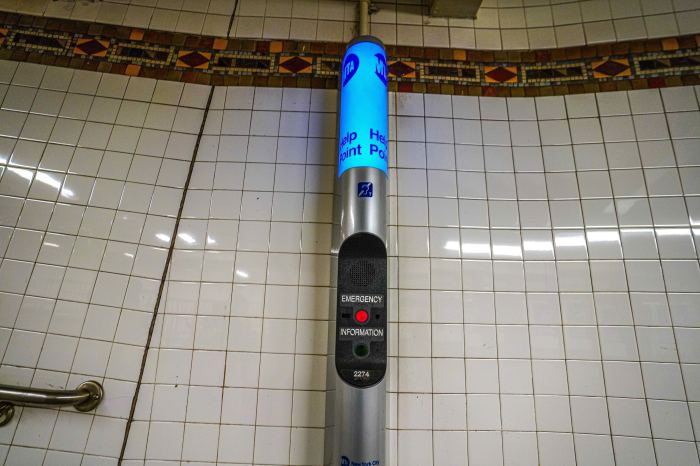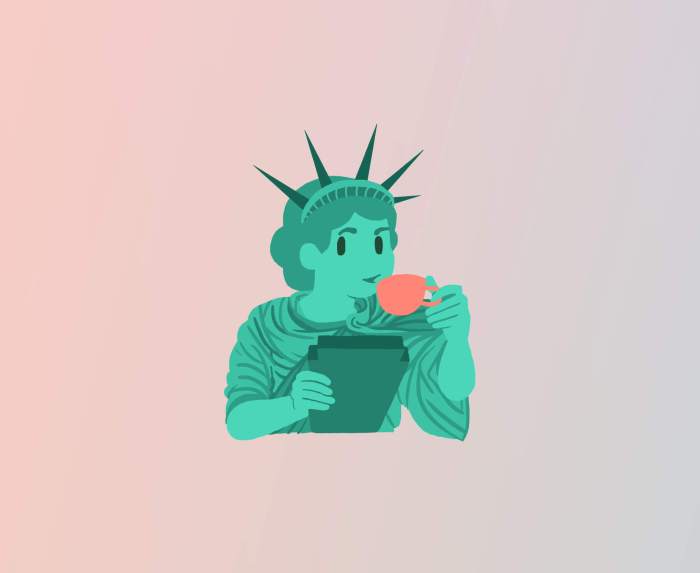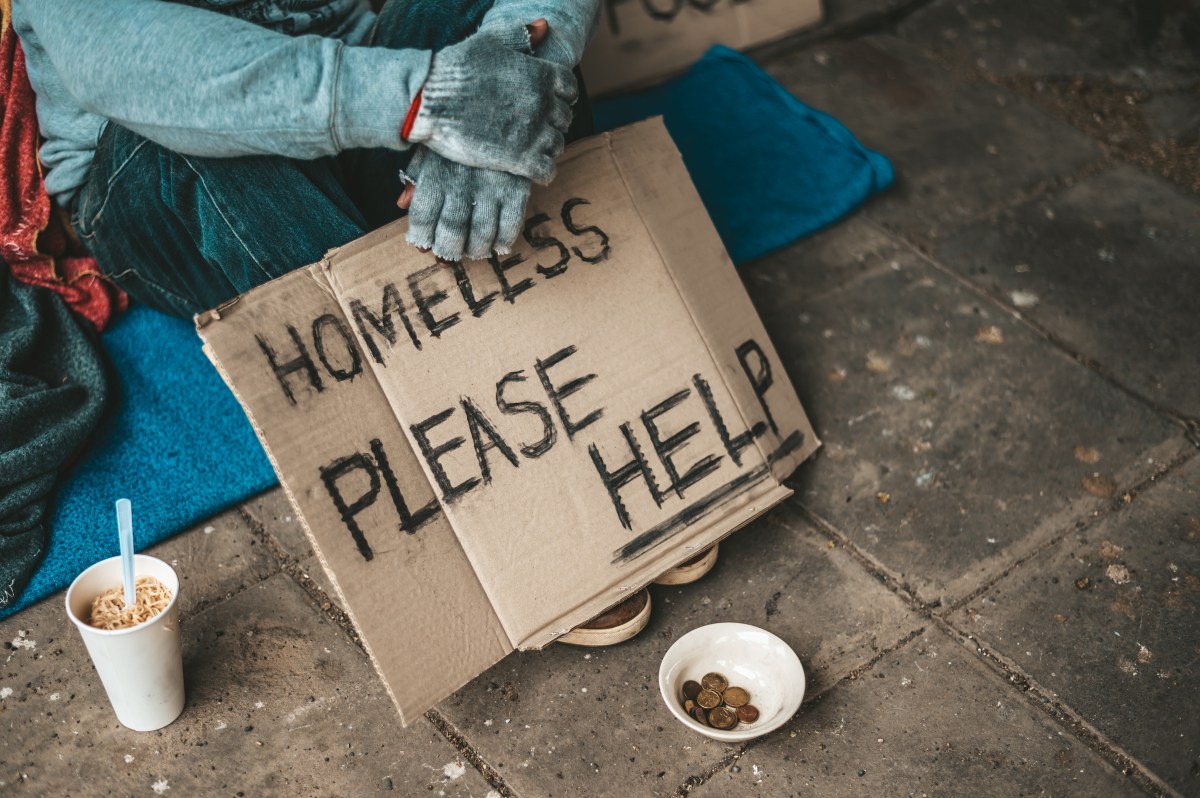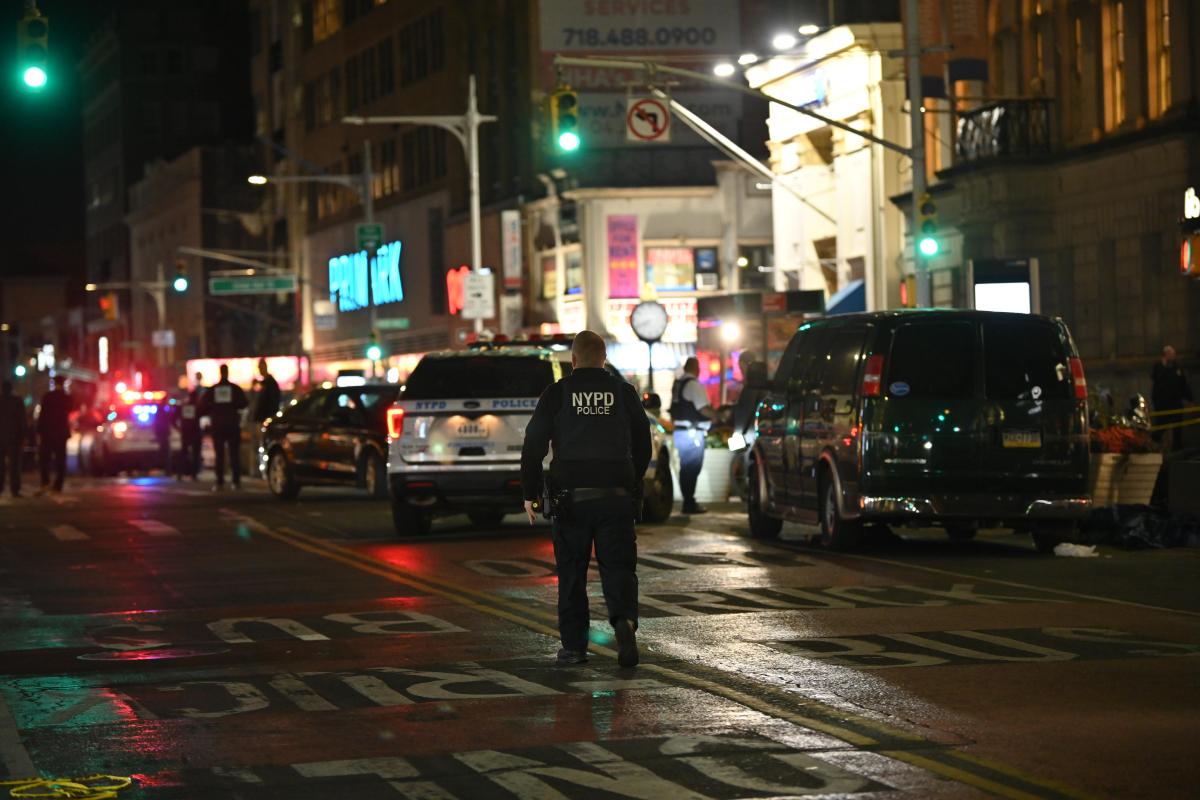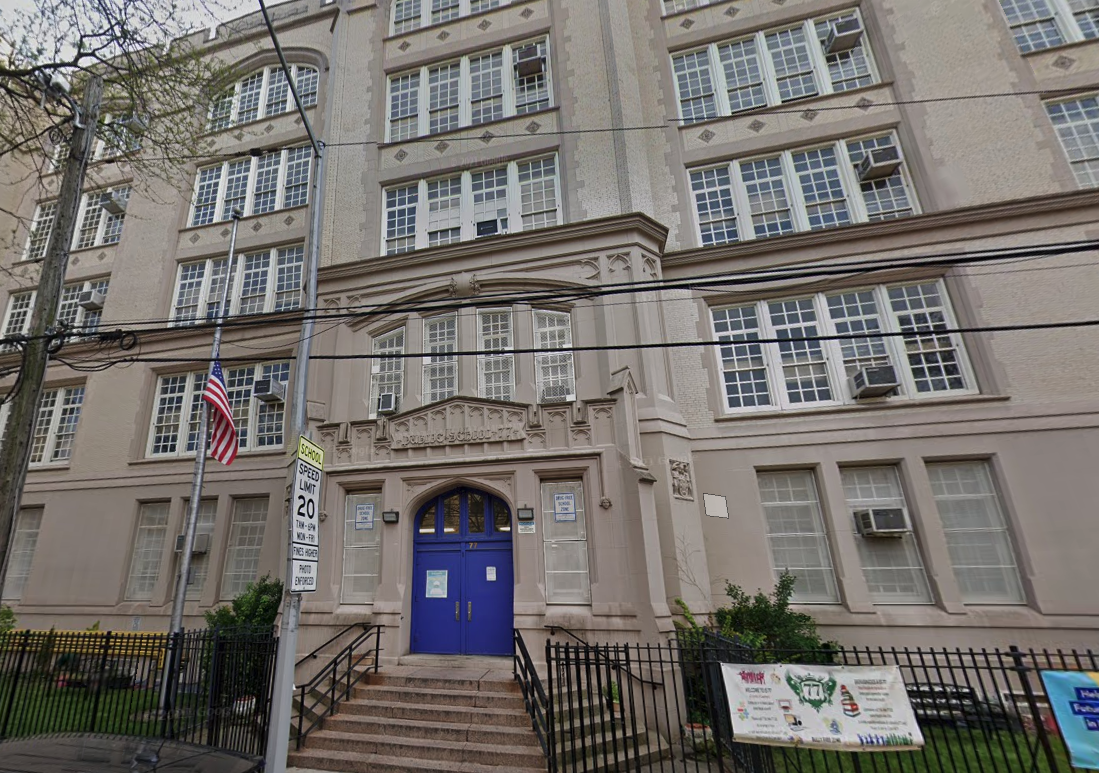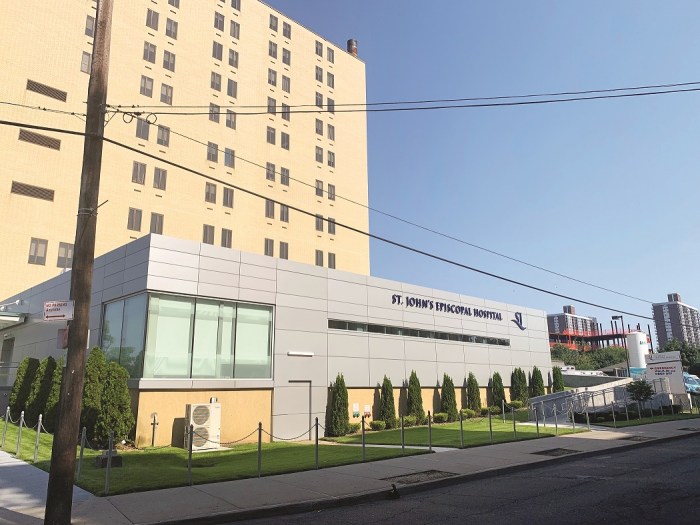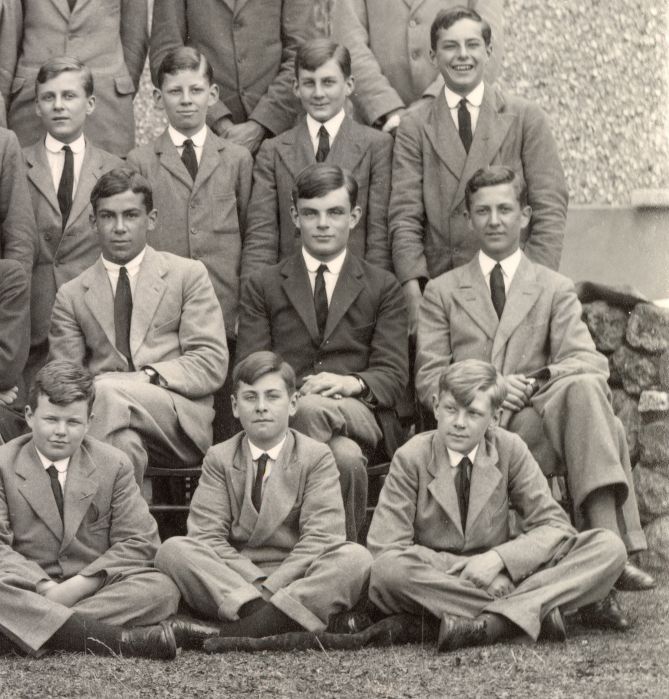
More stations will be getting wireless and cellular service after a year that saw a deluge of data from connections made underground.
Wi-Fi statistics from Boingo and Transit Wireless showed that 60 terabytes of data from 2.6 million connections flowed through the first 36 stations wired for service from April through the end of the year.
“That’s a dramatic volume of data,” Bill Bayne, CEO of Transit Wireless, the company wiring the subway system, told amNewYork.
The five stations that saw the most Wi-Fi usage were Times Square, Columbus Circle, 96th Street and Broadway, Rockefeller Center and 72nd Street and Broadway. More than three-fourths of the devices used were smartphones — 74% of them were iPhones — while the rest were laptops and tablets.
When smartphone users were using their phones in stations, the average time spent on a wireless network was nine minutes. Bayne said the expectation was three to five minutes for an average session. The data doesn’t include cellular use, which is proprietary to the major carriers.
“When folks are coming downstairs, the minute they get into the station they’re looking for Wi-Fi,” Bayne said. “If the quality of service is poor, they’d be jumping off the network.”
The next stations to get wired will be 11 in Manhattan, including platforms at Grand Central Terminal and Herald Square, and every underground Queens station. The second phase will be completed by June and will work with the four main cellular providers.
Sarah Kaufman, a research associate at the NYU Rudin Center for Transportation Policy and Management, said transportation studies have shown that the time a person spends glued to their phone’s screen or a book can benefit them.
“Passengers tend to perceive a shorter wait time when they have something to entertain themselves,” Kaufman said.
This connectivity also allows riders to change their riding pattern when needed by letting them pull up a host of apps that can tell them when the train is coming, where to exit in a station, or whether they should hop in a cab instead.
“We can travel more efficiently, more effectively and make the best use of our time,” Kaufman said.



